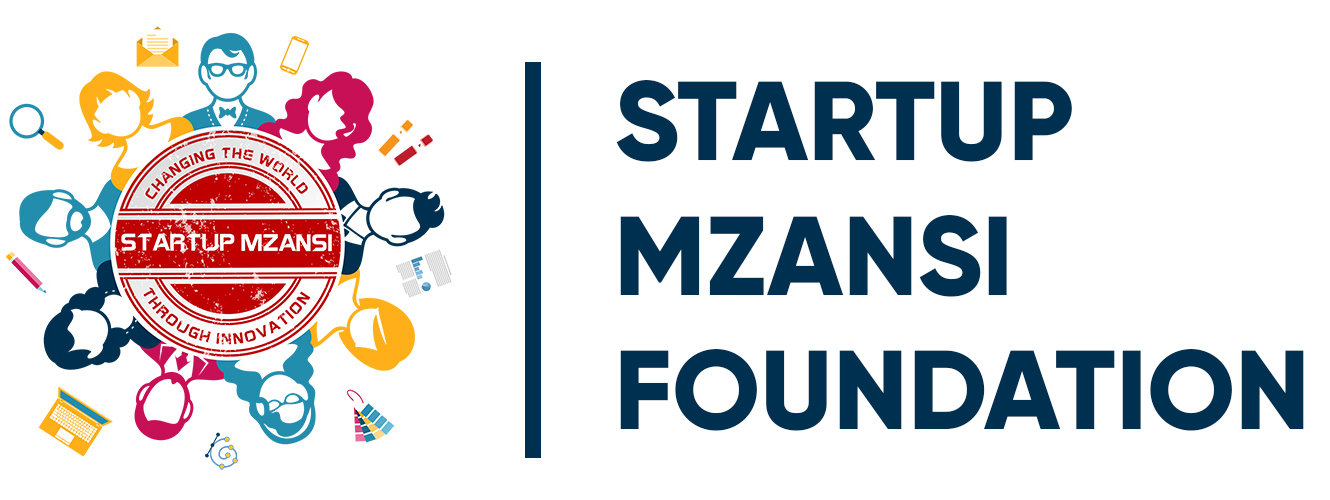07 Apr Effective Interest Method of Amortization Definition & Examples
The total discount is $240 and is amortized over the remaining 58 months of the bond’s life at the time of issue. This procedure ensures that after the discount or premium is fully amortized, the investment account will reflect the bond’s maturity value. Accountants can use either the straight-line method or the effective interest method to amortize the bond discount or premium. The interest payment is due semi-annually, and the settlement date is January 1, 2019. Bonds have a lower cost than common stock because of the bond’s formal contract to pay the interest and principal payments to the bondholders and to adhere to other conditions. A second reason for bonds having a lower cost is that the bond interest paid by the issuing corporation is deductible on its U.S. income tax return, whereas dividends are not tax deductible.
Application of the Straight-Line Method
The preferred method for amortizing the bond discount is the effective interest rate method or the effective interest method. Under the effective interest rate method the amount of interest expense in a given accounting period will correlate with the amount of a bond’s book value at the beginning of the accounting period. This means that as a bond’s book value increases, the amount of interest expense will increase.
Great! The Financial Professional Will Get Back To You Soon.
Let’s now consider how to use the effective interest method for both the discount and premium cases. Due to the straight-line method’s conceptual problem, the Financial Accounting Standards Board (FASB) requires the use of the effective interest method unless there are no material differences between the two. In the premium example, the same conceptual problem occurs, except that the percentage rate continuously increases as the carrying value of the bond decreases from $107,722 to $100,000. Therefore, the interest rate is constant over the term of the bond, but the actual interest expense changes as the carrying value of the bond changes. Founded in 1993, The Motley Fool is a financial services company dedicated to making the world smarter, happier, and richer. The Motley Fool reaches millions of people every month through our premium investing solutions, free guidance and market analysis on Fool.com, top-rated podcasts, and non-profit The Motley Fool Foundation.
Summary of the Effect of Market Interest Rates on a Bond’s Issue Price
Notice that the effect of this journal is to post the interest calculated in the bond amortization schedule (10,363) to the interest expense account. Notice that the effect of this journal is to post the interest calculated in the bond amortization schedule (14,880) to the interest expense account. A bond amortization schedule is a table that shows the amount of interest expense, interest payment, and discount or premium amortization of a bond in each successive period. The table is commonly used by the issuers of bonds to assist them in accounting for these instruments over time. From the bond amortization schedule, we can see that at the end of period 4, the ending book value of the bond is increased to 250,000, and the discount on bonds payable (8,663) has been amortized to interest expense.
Amortizable Bond Premium
The difference between the required cash interest payment of $6,000 in Column 3 ($100,000 x 6%) and the effective interest expense of $6,508 is the required discount amortization of $508 in Column 4. When you use the effective interest method, the carrying value of the bonds is always equal to the present value of the future cash outflow at each amortization date. For the years in which you own the bond for all 12 months, you simply take amortization of 12 times the monthly amount. For the year of purchase and the year of sale or maturity, you have to account for a partial year, multiplying the monthly amount by the number of months during the year that you actually owned the bond. The book value of an asset is the amount of cost in its asset account less the accumulated depreciation applicable to the asset. The book value of a company is the amount of owner’s or stockholders’ equity.
Straight-Line Method of Amortization
- 11 Financial’s website is limited to the dissemination of general information pertaining to its advisory services, together with access to additional investment-related information, publications, and links.
- The difference between the required cash interest payment of $6,000 in Column 3 ($100,000 x 6%) and the effective interest expense of $6,508 is the required discount amortization of $508 in Column 4.
- However, some bonds, such as municipal bonds, may be exempt from federal and state taxes.
- We will use the YIELD function to create a bond yield calculator in Excel.
- Calculating Bond Premium amortized can be done by any of the two methods mentioned above, depending on the type of bond.
- That puts it at a overall disadvantage to the straight-line method from the taxpayer’s standpoint, which might be one reason why tax laws were changed to have newer bonds use the less favorable method.
Chartered accountant Michael Brown is the founder and CEO of Double Entry Bookkeeping. He has worked as an accountant and consultant for more than 25 years and has built financial models for all types of industries. He has been the CFO or controller of both small and medium sized companies and has run small businesses of his own. He has been a manager and an auditor with Deloitte, http://vidimfigu.ru/index.php?docid=156227 a big 4 accountancy firm, and holds a degree from Loughborough University. You can also ask your company’s counsel if they have any additional guidelines for this matter. IF you don’t do that, and enter the accrued interest value on the follow-up page…the $100 will be allocated proportionately (and improperly) to reduce the $$ showing in all three boxes 1,3, & 8.
- For information pertaining to the registration status of 11 Financial, please contact the state securities regulators for those states in which 11 Financial maintains a registration filing.
- But you will need to split into separate 1099-INT entries in turbotax for each bond.
- We will be using the Microsoft 365 version, however, you can follow this article using any Excel version from 2003.
- Regardless of the method that you apply as an accountant, the discount is amortized by debiting the Investment in Bonds account.
- Importantly, there is no difference in the total interest expense within the 5-year period of time; there is only a difference in the allocation.
- Below is a comparison of the amount of interest expense reported under the effective interest rate method and the straight-line method.
Amortizable bond premiums refer to the portion of the premium paid by an investor for purchasing a bond that is deductible over the life of the bond. In both the discount and premium, the difference between the straight-line and the effective interest amortization methods is not significant. The difference between this amount and the cash interest in Column 3 is the premium amortization in Column 4. The bond’s carrying value at the end of the period in Column 6 is reduced by the premium amortization for the period.
In order to account for the bond properly, this premium or discount needs to be amortized over the lifetime of the bond. The accounting treatment for Interest paid and bond premium amortized will remain the same, irrespective of the method used for amortization. When a bond is sold at a premium, the amount http://fantasyland.info/?p=1516 of the bond premium must be amortized to interest expense over the life of the bond. When a bond is issued at a price higher than its par value, the difference is called bond premium. The bond premium must be amortized over the life of the bond using the effective interest method or straight-line method.
In either case, the actual effective interest rate differs from the stated rate. For example, if a bond with a face value of $10,000 is purchased for $9,500 and the interest payment is $500, then the effective interest rate earned is not 5% but 5.26% ($500 divided by $9,500). For example, effective interest rates https://irahsse.org/rental-income-and-taxes/ are an important component of the effective interest method. The following table summarizes the effect of the change in the market interest rate on an existing $100,000 bond with a stated interest rate of 9% and maturing in 5 years. Under the straight-line method, bond premium is amortized equally in each period.





No Comments